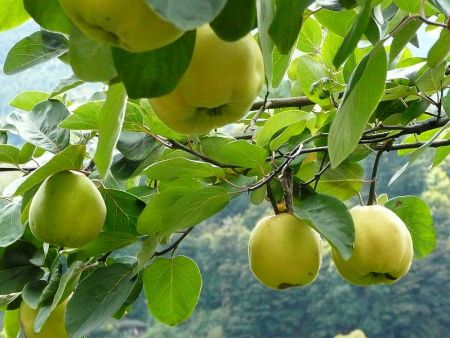Are you wondering how to use your abundance of mid-summer tomatoes and zucchini, and celebrate Bastille Day at the same time?
One word: Ratatouille.
This tasty, colorful melange never fails to summon summer, while providing a few helpings of vegetables or a fool-proof side-dish that works with fish, chicken, lamb, noodles, and more. It works great hot or cold, and keeps well, refrigerated, for about two weeks. Ever since I first lived on my own in college, it has been the rare period when I haven’t made some.
Food historians generally date ratatouille to 18th century France, and to the area of Provence, and the town of Nice, in particular. Its name hails from the French verb, touiller, which means “to stir, mix, or toss”.
My own ratatouille has changed a lot since the days when I cut cubes of zucchini and eggplant and set them to boil in a pot of canned tomatoes. It’s as if the recipe itself has both mellowed and allowed for more complication, just as a good pot of ingredients, over time, coalesces into an especially flavorful whole. Diehard ratatouille purists may insist on sautéing each ingredient separately, but here you get the same effect, while also saving a little time.
6 Tbsp. olive oil, or more as needed
1 onion, chopped
6 cloves garlic, pressed
3 bell peppers, in assorted colors, chopped
1 large eggplant, chopped
2 medium zucchini, chopped
2 summer squash, chopped
20 or so olive halves
2 14 oz. cans tomato chunks, or equivalent fresh tomatoes
2-4 tsps. each oregano and thyme
Feta or parmesan cheese, optional
Place eggplant pieces in a baking dish.
Toss in 4 Tbsp. oil and bake, uncovered, at 350 degrees for 25 minutes or until soft.
Heat remaining 2 Tbsp. oil in heavy skillet over medium high heat.
Add onions and sauté, turning occasionally, just until golden.
Add pressed garlic and sauté.
Mix in peppers, cooked eggplant, zucchini, summer squash, and olive halves.
Sauté whole for 10-15 minutes.
Add tomato chunks and spices and heat the mixture to just boiling. Reduce heat to medium and cook for another 5-10 minutes.
Serves 4-6 as a main course. The recipe can easily be halved or doubled. Serve plain, hot or cold, top with feta or a dry Italian cheese like parmesan, or spoon over pasta.
Photos by Susan Sachs Lipman

















































